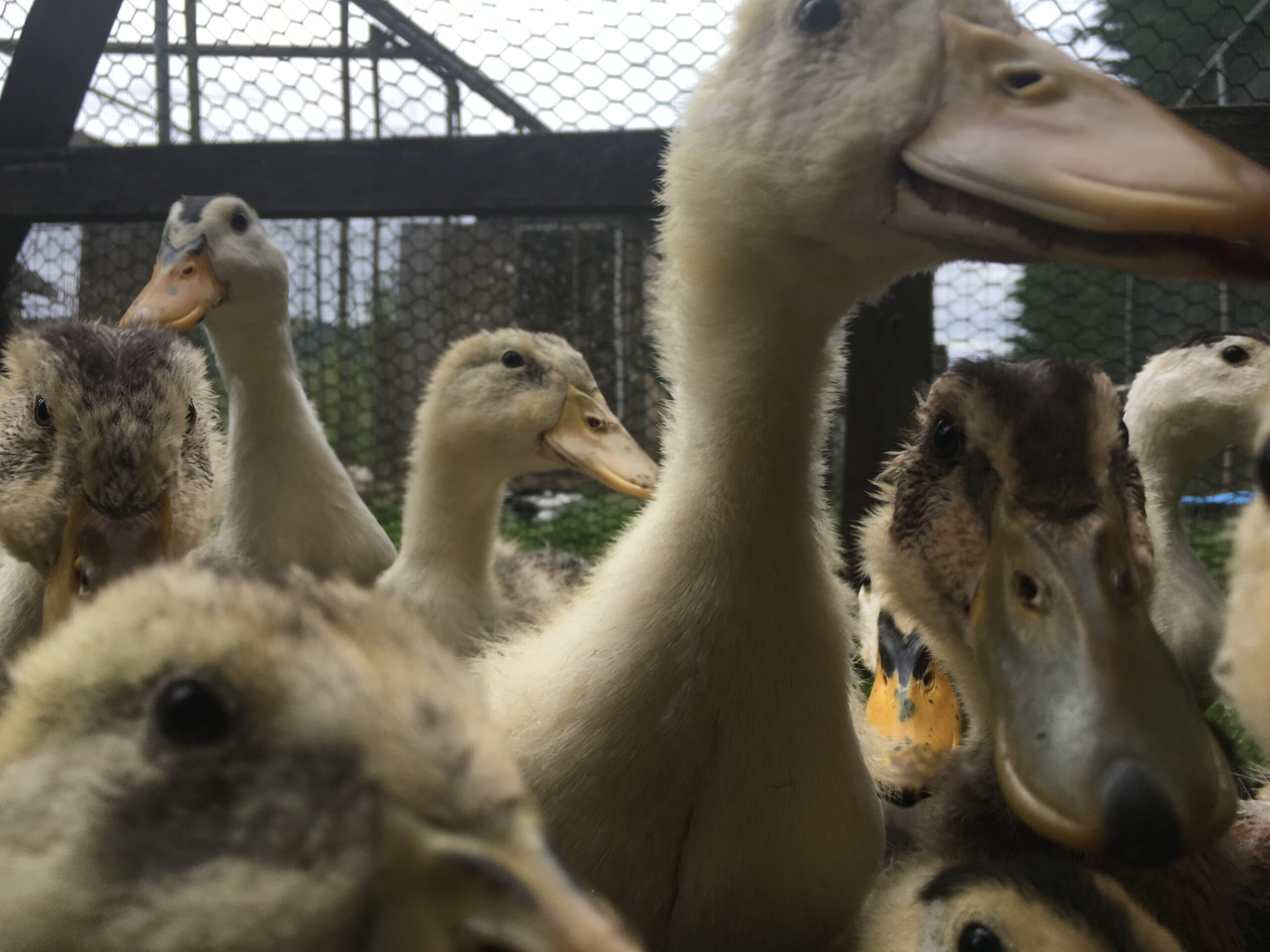What’s Next for Avian Influenza?
This article discusses what’s next for avian influenza, focusing specifically on the Pacific Flyway but the general message is applicable elsewhere.
Action on Avian Influenza really lies at the hands of regulators. The environmental contamination is likely to persist for some time, based on the number and continued frequency of detections among many populations of varying species and locations. This problem has grown to become a multi-national challenge, and regulators are being challenged globally in how to continue to sustain a response through the unprecedented scale of this outbreak. Unfortunately, wild birds do not recognize human borders, and will continue to migrate as they have done for thousands of years, meaning that humans will need to adapt to their patterns and find ways to protect the captive flocks we cherish if they are to be sustained.
There are a number of discussions happening and research has been ongoing for a number of years on vaccine products. Mexico has been vaccinating their captive poultry for many years, as they face an ongoing challenge with an endemic virus, and it seems to be effective, but might be further challenged as this virus approaches them this fall. There is a potential in the vaccination solution, the question is how long it will take for appropriate testing and approvals, as well as demonstrations of safety and efficacy, to instill confidence in regulators and businesses that the value and protection vaccinations afford are worthwhile. The best way to keep up on the progress with vaccination options is through your local animal health regulatory offices, as well as the WOAH website.

In the immediate future, the best you can do to protect your flocks is continued diligence and biosecurity. Be sure you change and wash your clothes, boots, and hands regularly, avoid visiting other collections and anywhere wild birds may have been present, and practice an unprecedented degree of sanitation. In addition, be sure to manage your mortalities properly and in accordance with local regulations. It is important to note that no one can do all of these things perfectly, but everyone needs to try their best to prevent the spread of this virus for our birds and for ourselves.
What’s Next for Avian Influenza by Clayton Botkin P. Ag B.Sc. (Hons), APA Licensed Judge #1234
